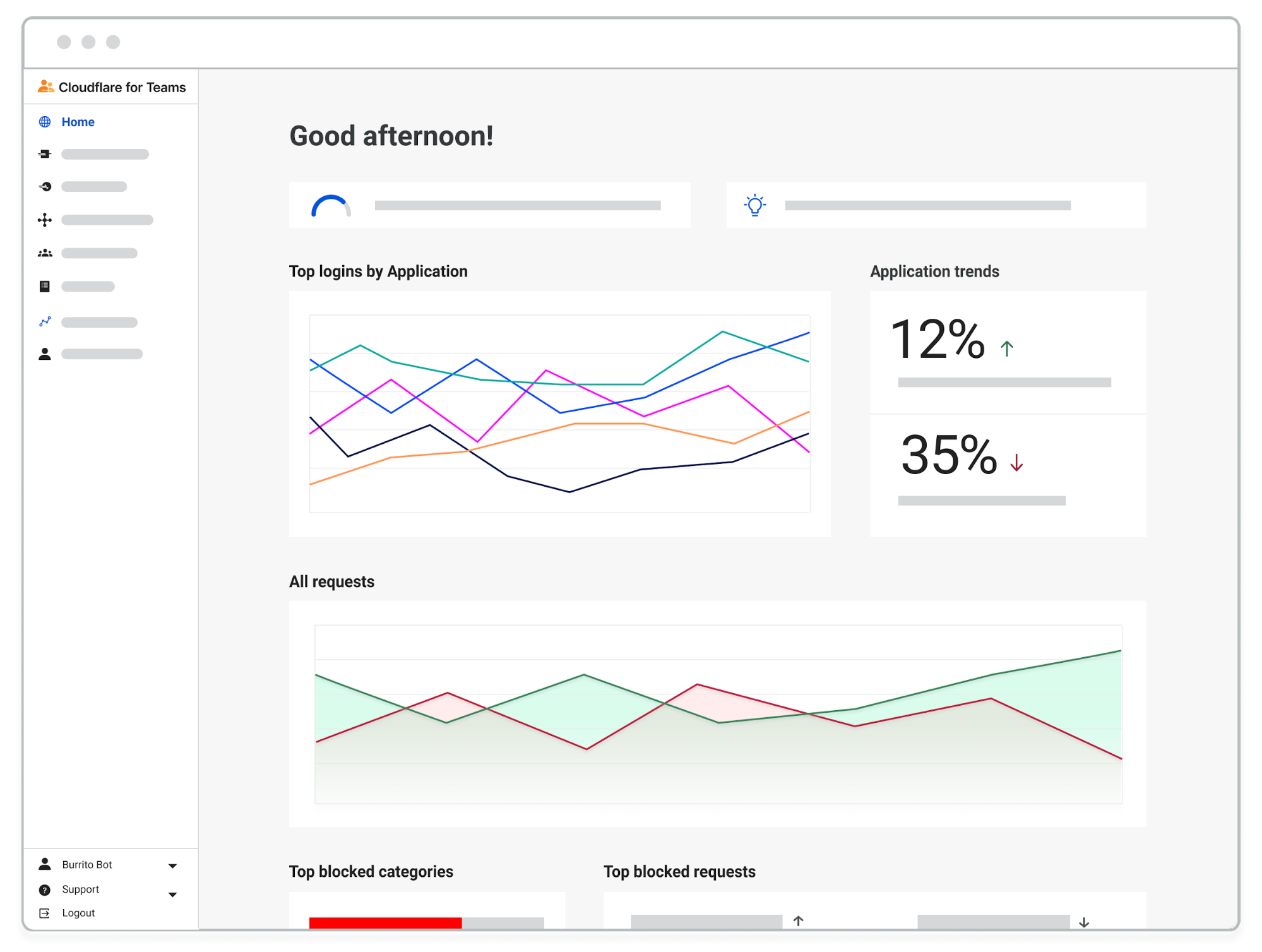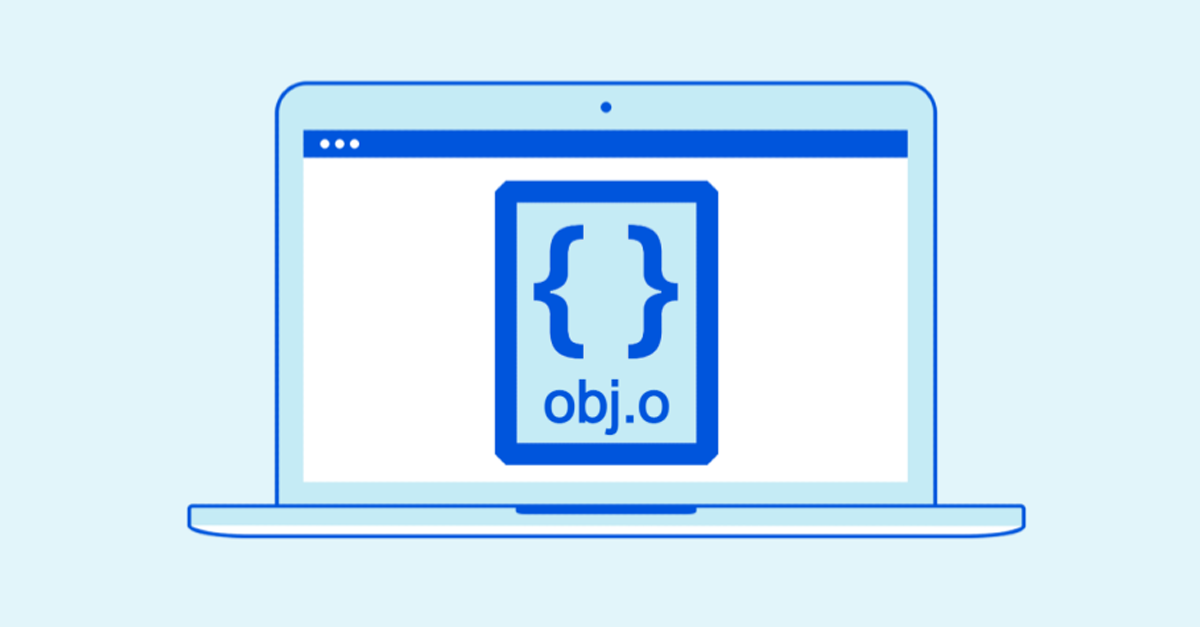The Teams Dashboard: A New Place to Call Home

Over the past few weeks, our team has written a lot about the Cloudflare for Teams Dashboard, and more specifically, about our approach to design and the content within it. In these recent posts, we charted the journey of developing omni-directional communication channels across product, design, and content, and how these relationships directly influence the user experiences we aim to create.
Today, we’re announcing a new feature within the Teams Dash. We called it “Home”. We created Home with a simple goal in mind: design an adaptive and informative landing page where users can see a round-up of their environment.
In this last post of our series, we’ll show, rather than tell, how we collaborated as a team that rows in the same direction and towards the same goal — to create a great user experience.
In this blog post, we’ll walk you through your new Teams Home by calling out a few of the guiding principles we had in mind as we designed it. Transparency, adaptiveness, guidance and warmth aren’t only foundational words in the Cloudflare for Teams product principles — they’re part of our day-to-day brainstorming and discussion around user experience.
Here’s how the Teams Home reflects these Continue reading
How to execute an object file: Part 2
Handling relocations

In the previous post, we learned how to parse an object file and import and execute some functions from it. However, the functions in our toy object file were simple and self-contained: they computed their output solely based on their inputs and didn't have any external code or data dependencies. In this post we will build upon the code from part 1, exploring additional steps needed to handle code with some dependencies.
As an example, we may notice that we can actually rewrite our add10 function using our add5 function:
obj.c:
int add5(int num)
{
return num + 5;
}
int add10(int num)
{
num = add5(num);
return add5(num);
}
Let's recompile the object file and try to use it as a library with our loader program:
$ gcc -c obj.c
$ ./loader
Executing add5...
add5(42) = 47
Executing add10...
add10(42) = 42
Whoa! Something is not right here. add5 still produces the correct result, but add10 does not . Depending on your environment and code composition, you may even see the loader program crashing instead of outputting incorrect results. To understand what happened, let's investigate the machine code generated by the compiler. We Continue reading
Video: Why Do We Need Kubernetes?
Have you ever wondered what the Kubernetes fuss is all about? Why would you ever want to use it? Stuart Charlton tried to answer that question in the introduction part of his fantastic Kubernetes Networking Deep Dive webinar.
Video: Why Do We Need Kubernetes?
Have you ever wondered what the Kubernetes fuss is all about? Why would you ever want to use it? Stuart Charlton tried to answer that question in the introduction part of his fantastic Kubernetes Networking Deep Dive webinar.
The Evolving WAN Part 2
On April 6 at 9 am PDT I’m moderating the second part of a discussion on the evolution of wide area networks. This time we’re going to focus on more of the future rather than the past, relying on our guests, Jeff Tantsura, Brooks Westbrook, and Nick Buraglio to answer questions about putting new WAN technologies to use, and how to choose between private and public wide area options.
The Hedge 77: The Internet is for End Users

When the interests of the end user, the operator, and the vendor come into conflict, who should protocol developers favor? According to RFC8890, the needs and desires of the end user should be the correct answer. According to the RFC:
Mark Nottingham joins Alvaro Retana and Russ White on this episode of the Hedge to discuss why the Internet is for end users.
Docker Installation on VyOS
Docker really makes it easier to create, deploy, and run applications by using containers, and containers allow a developer to package up an application with all of the parts it needs, such as libraries and other dependencies, and ship it all out as one package [1]. I would like to share the script vyos-docker-install.sh, which […]Continue reading...
Cisco and Juniper Acquired IETF, all the RFCs name will be converted to JuCi
HAPPY April fools’ Day 2021 
(Respect to RFC 1925 By the way. (April 1st RFC))
While you are on the website, just know that we have so many Networking Courses as well!
The post Cisco and Juniper Acquired IETF, all the RFCs name will be converted to JuCi appeared first on orhanergun.net.
The Abridged Guide to Cloud Security Solutions
When selecting a cloud security solution you must assess your risks and vulnerabilities, consider regulatory requirements, and consider the user experience.ASIC Maker Innovium Announces SONiC-Certified Switches For The Cloud And Large Enterprises
Innovium, which makes ASICs to compete with Broadcom and others, is now offering a menu of switches with the SONiC network OS pre-installed. It's a clever opportunity for Innovium to boost its appeal in the whitebox/disaggregation market while also moving its own silicon.
The post ASIC Maker Innovium Announces SONiC-Certified Switches For The Cloud And Large Enterprises appeared first on Packet Pushers.
MikroTik CRS404-96s-8q-rm
Moving into Chassis form factors
We are starting to see some larger footprints, speeds and power consumption from MikroTik and have a copy of the latest data sheet for the recently announced CRS404-96s-8q-rm switch
Data Sheet:
https://iparchitechs-my.sharepoint.com/:b:/p/kevin_myers/ERl4kYo6cOZPnFXKB9SRLgoBY0WGxbrH91OrWBNe9fIDFw?e=EnFYTZ

#AprilFools2021 
Planning the Extended Coffee Break: Three Months Later
It’s almost exactly three months since I announced ipSpace.net going on an extended coffee break. We had some ideas of what we plan to do at that time, but there were still many gray areas, and thanks to tons of discussions I had with many of my friends, subscribers, and readers, they mostly crystallized into this:
You’re trusting me to deliver. We added a “you might want to read this first” warning to the checkout process, and there was no noticeable drop in revenue. Thanks a million for your vote of confidence!
Planning the Extended Coffee Break: Three Months Later
It’s almost exactly three months since I announced ipSpace.net going on an extended coffee break. We had some ideas of what we plan to do at that time, but there were still many gray areas, and thanks to tons of discussions I had with many of my friends, subscribers, and readers, they mostly crystallized into this:
You’re trusting me to deliver. We added a “you might want to read this first” warning to the checkout process, and there was no noticeable drop in revenue. Thanks a million for your vote of confidence!
TeamTNT: Latest TTPs targeting Kubernetes
In April 2020, MalwareHunterTeam found a number of suspicious files in an open directory and posted about them in a series of tweets. Trend Micro later confirmed that these files were part of the first cryptojacking malware by TeamTNT, a cybercrime group that specializes in attacking the cloud—typically using a malicious Docker image—and has proven itself to be both resourceful and creative.
Since this first attack, TeamTNT has continuously evolved its tactics and added capabilities to expand and capture more available cloud attack surfaces. They started with targeting exposed Docker instances and quickly added support for different C2 mechanisms, encryption, DDoS, evasion, persistence and more. Now, their latest variant is targeting the most popular container orchestrator, Kubernetes. Let’s take a closer look.
Evolving Tactics, Techniques and Procedures (TTPs)
TeamTNT’s initial attack targeted an exposed, unprotected Docker API on the internet in order to run an Alpine Linux container. Once the container started running on the unprotected Docker API, a series of scripts were downloaded to facilitate the installation of a Monero cryptominer (to carry out scanning and cleaning activities). A notable script used in the attack was <clean.sh>, which removed a bit of technically advanced Kinsing malware. Kinsing is Continue reading
